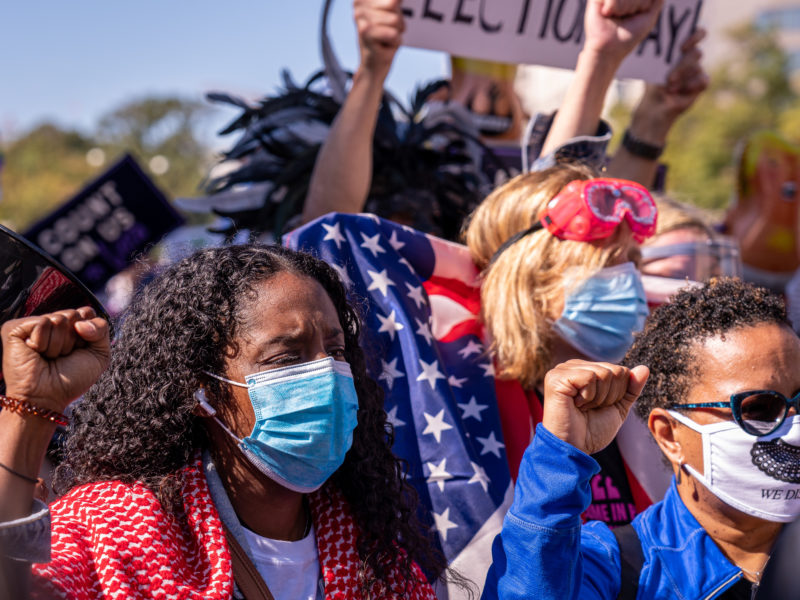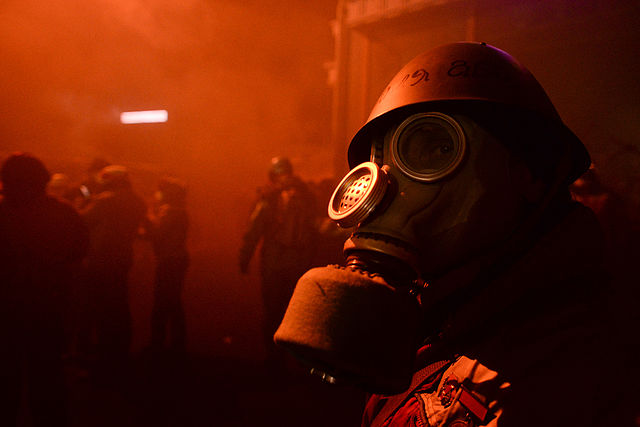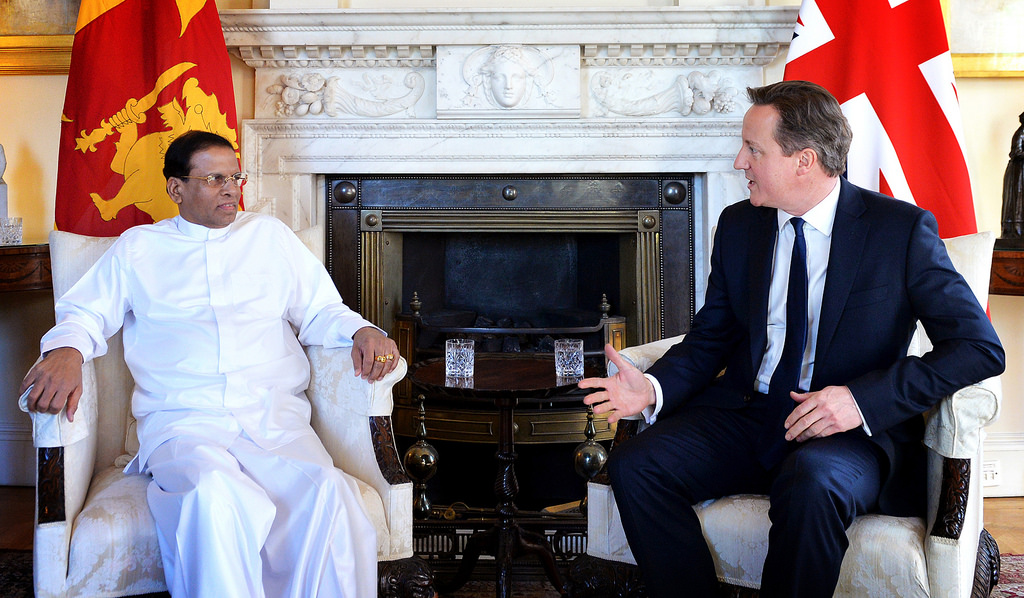Guest post by Elin Bjarnegård and Jennifer M. Piscopo
Political leaders, media commentators, and academics have swiftly and accurately called those who stormed the US Capitol on January 6 what they are: white supremacists. They are also mostly men, seeking to reclaim privileges based on race—and gender. For instance, one attacker gleefully reported scratching his balls inside Nancy Pelosi’s office suite while other rioters tore her nameplate off the wall, chanting “get her out.”
The link between white supremacy and misogyny is well noted, but it’s worth being precise about “where the gender is” in the political violence that occurred in the US capital—and that many fear will be repeated during and after the inauguration. In our framework for analyzing gender and political violence, we focus on gender’s presence or absence in three elements of an attack: the motives, the forms, and the impacts. This precision helps law enforcement prosecute crimes and protect vulnerable groups, and helps policymakers understand how political violence shapes the degree to which women and girls feel safe enough to stand for and hold elected office.
In the case of the storming of the US Capitol, gender doesn’t appear to have been an explicit motive. The perpetrators’ primary aim was not to suppress women’s political participation or drive women from politics. Rather, attackers aimed to halt the confirmation of Joe Biden as the next president of the United States, preserving the office for Donald Trump, who has become the standard-bearer of white nationalism. In this sense, the attackers didn’t target Nancy Pelosi just because she is a woman—they targeted her because she leads the party that opposes Trump’s agenda. Their enemies included anyone seen as insufficiently loyal to Trump, even the vice president, about whom they chanted, “Hang Mike Pence.”
The attacks did, however, include gendered forms and gendered impacts. The perpetrators performed hypermasculinity and their actions sent distinctive, even chilling messages to women politicians about their place in a white supremacist world.
The insurrectionists’ masculinity ideals and views of women may well have shaped the form of attacks they carried out. Research demonstrates that individuals with sexist attitudes are not just more prone to violent extremist views and religious intolerance, they are also more likely to support and choose to participate in political violence.
Indeed, many of the attackers have a history of abusing women, from sending angry messages about women in power to protesting at abortion clinics. It is no accident that Richard “Bigo” Barnett attempted to reassert masculine dominance by scratching his genitalia in Nancy Pelosi’s office. The insurrectionists also touted their masculinity in other ways, parading through the Capitol bare-chested or in full combat gear.
The attackers’ masculine performance shows how white supremacy and heteropatriarchy go hand-in-hand. White nationalism cannot be separated from the nostalgia that its partisans feel for an imagined era where ethnic minorities, women, LGBTQ+ minorities, non-Christians, and other marginalized groups knew their place.
The victims know this. Pelosi’s daughter, Democratic strategist Christine Pelosi, responded to an article titled “Misogyny in the Capitol: Among the insurrectionists, a lot of angry men who don’t like women,” by distinguishing between the attackers’ political motives and their gendered enactment. She writes, “They tried to kill her because she’s the Speaker whom Trump opposes; they took extra gleeful vengeance because she is a powerful woman.”
Women interpret these attacks as speaking to them because women politicians are no strangers to uncivil behavior, hateful messages, and death threats that use gendered slurs or express misogynist viewpoints. Similarly, two leading congresswomen of color—Ayanna Pressley and Alexandria Ocasio-Cortez—described the Capitol assaults as particularly chilling, given white supremacists’ stated aim to visit violence upon Black and brown bodies. For these congresswomen, their experiences with political violence cannot be separated from their gendered and raced identities.
When leaders like Pelosi, Pressley, and Ocasio-Cortez receive hateful messages, the senders are not just angry about their political views. They are angry that women or women of color dare to claim political power. Research shows that women politicians who are more powerful and publicly visible, and those who are nonwhite, draw disproportionate amounts of abuse, relative to men politicians and to other women in office. These patterns tell us that while politics is frequently unpleasant and occasionally harmful, the abuse that many women politicians experience is more than “business as usual”—it is political violence amplified and even driven by misogyny and racism.
It’s not surprising, then, that feminist commentators swiftly recognized the gendered dimensions of the disrespect shown in Pelosi’s office suite, or connected this behavior to the widely circulated image of a destroyed display case that contained books about women in politics. (Though it’s worth noting that many parts of the Capitol building were damaged, not just those imbued with gendered meaning.) Given that gendered harassment and abuse already drives women away from politics and discourages other women from entering in the first place, the latest violence may further convince US women and girls that politics is not safe for them.
The interconnected nature of white supremacy and misogyny makes gender central to discussions of white nationalist violence, but as with any political violence, gender shapes the different elements of attacks in different ways. In the case of the US Capitol insurrection, the perpetrators’ motives were not explicitly gendered, but hypermasculinity, sexism, and misogyny shaped their performance and their messaging.
As Washington DC, state capitals, and other large cities brace for more political violence from Trump supporters, understanding how gender operates within white supremacist violence will help law authorities protect vulnerable groups. Attackers may aim to occupy buildings or disrupt events in order to protest the Biden presidency, but women—especially women of color—may draw attackers’ particular attention and therefore face heightened risk of pursuit or assault. Women’s family members, staff, and property might be similarly targeted. Targeting women aims to keep politics an all-male, all-white space.
Preventing political violence during the presidential transition is only a short-term solution. The long-term solution lies with countering white supremacists’ exclusionary vision, and ensuring that individuals of all genders, backgrounds, and faiths can run for and occupy political office safely and freely.
Elin Bjarnegård is Associate Professor of Political Science at Uppsala University. Jennifer M. Piscopo is Associate Professor of Politics at Occidental College.







